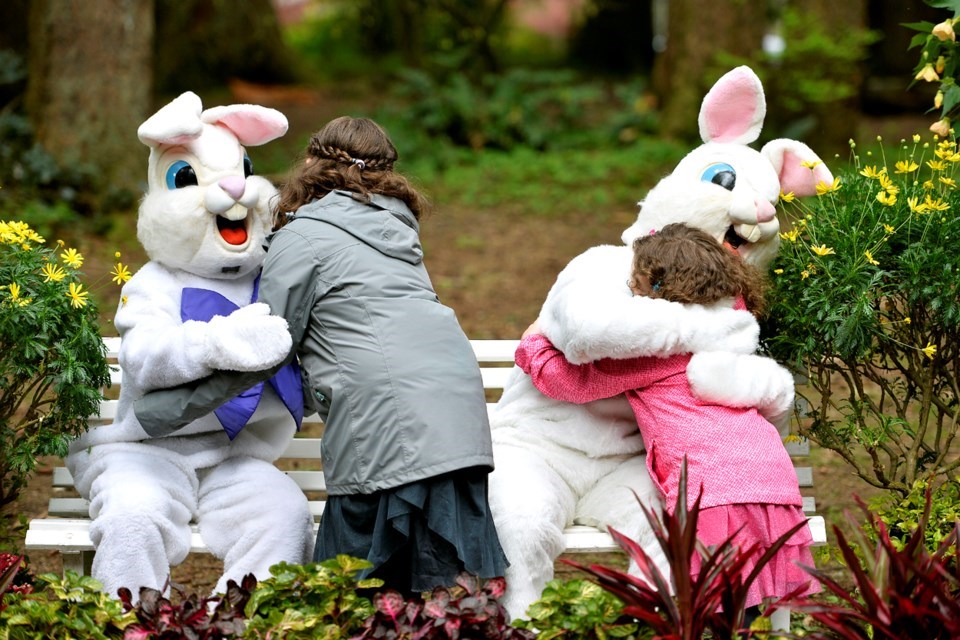Many of us will have celebrated Easter or Ramadan with family or friends this past weekend. A time of renewed growth, of chocolate bunnies, smiles, spring bulbs and nesting birds. Easter is one of the major Christian festivals of the year or Ramadan for the Muslims. Often enjoyed by many with no religious beliefs., Easter is full of customs, friendship, folklore, fasting, prayer and spiritual or personal growth, celebrated with traditional foods.
Easter in Britain however had its beginnings long before the arrival of Christianity. Many theologians believe Easter itself is named after the Anglo-Saxon goddess of the dawn and spring - Eostre.
Easter occurs at a different time each year. It is observed on the first Sunday after the first full moon following the first day of spring in the Northern Hemisphere. This means that the festival can occur on any Sunday between March 22 and April 25. Not only is Easter the end of the winter it is also the end of Lent, traditionally a time of fasting in the Christian calendar. It is therefore often a time of fun and celebration.
Meaningful Easter traditions create memories that last a lifetime when we create memories with our family, friends, and co-workers.
Our fondest memories consist of the experiences and traditions that we share with our family and friends. Families that share traditions report a stronger connection and bond than families that do not have established rituals, traditions, and rhythms.
As children living in the U.K. I don’t recall my brother and I receiving copious amounts of chocolate or hearing much about the Easter bunny.
I do recall Easter Bonnets and wearing hats for church. But we always had an Easter egg hunt with clues as to where to look for them, they were fun.
Once we had emigrated to Canada, trying to find ways to enjoy Easter with young children, we looked forward to the Easter Parade in Toronto.
It was held on the boardwalk in the “Beach” where we were then living. I tried to explain the significance of the Easter Bunny, which according to some sources first arrived in America in the 1700s with German immigrants who settled in Pennsylvania and transported their tradition of an egg-laying hare called “Osterhase” or “Oschter Haws.”
Their children made nests in which this creature could lay its colored eggs. This has varied over the years, but many young children believe in the reality of the Easter Bunny, as they do Santa Claus, it adds to the magic.
Standing in a favourable spot at the Beach for the parade our young family eagerly anticipated the arrival of the Easter Bunny, expected by helicopter. As he stepped out clad in a grey furry, very bunny-like costume and began to walk toward us, my then five-year old daughter, initially full of wonder, was sadly disillusioned.
She looked down at the Easter bunny’s feet and in a horrified voice yelled out, “He’s fake, he’s not even real. Look at that.”
As she continued to point to his feet, she yelled “He’s wearing running shoes! He’s not even real.”
Children standing nearby looked equally distressed alerted by Alison’s loud exclamations, as the truth also dawned on them.
Once the bunny started throwing out small chocolate eggs, she was a bit happier but still disappointed.
So, whether you believe in the Easter Bunny or not, I hope that as spring and new beginnings arrive you feel renewed and find something for which to be to be thankful. Despite many problems, we are most fortunate to live in Cambridge, which compared with much of the world, is safe, caring, and peaceful as spring approaches.



